Just the other day, I was talking to my grandfather about homes in the past years and how the elders spent their time choosing a comfortable place that would connect them with the surroundings. Meditating, enjoying nature, and sometimes sitting with close friends to just remember their good old days when they used to be kids were their favorite ideas to pass the time. While talking to him I realized how our house designs have evolved with modern designing ideas and have brought an essence of luxury into our lives. It is necessary that we always think and save a peaceful space in the house to fulfill the needs of our elders and get an elderly-friendly house design.
To design such spaces the architects and designers need to understand the requirements of the homeowners prior to starting to build. However, it is not always possible to dedicate a small space in a limited house area to such peaceful and calming corners as a balcony, verandah, or a beautiful outside garden. It needs great planning and experiments to accommodate each and every important aspect of a house for older people.
As we strive to create spaces that support their comfort, safety, and independence, it’s important to keep certain factors in mind. Make My House is a design platform that has built many such houses with special consideration to our elders and their varied needs that ensures a living environment that promotes well-being and high quality of life. Below we have explained in detail the points that a homeowner should always keep in mind while doing an elderly-friendly house design.
House Design for Elders
Single-Level Living:
Consider designing a home with a single level to minimize the need for stairs. This layout allows easy access to all areas of the house without the risk of falls or mobility challenges. If multiple levels are necessary, include features such as stairlifts or elevators to facilitate movement.
Accessible Entrance:
Create an accessible entrance to the house to ensure smooth and safe entry for elders. Install ramps with gentle slopes instead of stairs. Wide doorways with lever handles or automatic door openers promote easy accessibility for individuals with mobility limitations or arthritis.
Well-Designed Bathrooms:
Bathrooms are key areas where special attention is needed. Here are some important considerations:
a. Walk-in or roll-in showers: Install showers that don’t require stepping over a high tub edge, allowing easy access for the elderly with mobility aids.
b. Grab bars and handrails: Incorporate strategically placed grab bars and handrails in the bathroom to provide stability and support.
c. Non-slip flooring: Choose flooring materials that are slip-resistant to minimize the risk of falls, especially in wet areas such as the bathroom.
d. Raised toilet seats: Install raised toilet seats to ensure comfortable and safe use for elders with limited mobility.
Ample Lighting:
Good lighting is essential for elders, as it enhances visibility and reduces the risk of accidents. Consider these lighting tips:
a. Natural light: Maximize natural light by incorporating large windows or skylights. Sunlight not only improves visibility but also promotes a positive atmosphere.
b. Artificial lighting: Install a combination of ambient, task, and accent lighting throughout the house. Use brighter lighting in areas such as hallways, staircases, and workspaces.
c. Motion-activated lights: Consider motion-activated lights in key areas, such as hallways or bathrooms, to provide immediate illumination when elders move around at night.
A Corner for Relaxation
Designing a dedicated and comfortable corner for elders in your home is a thoughtful way to provide them with a space for relaxation, reflection, and personal enjoyment. Creating a cozy and inviting area where they can retreat to unwind and pursue their interests can greatly enhance their overall well-being. Consider a corner by a window with natural light or a secluded nook that provides a sense of serenity. Display cherished photographs, artwork, or mementos that evoke happy memories. Include a small side table or shelf for them to keep books, magazines, or treasured items within easy reach.
Thoughtful Storage Solutions:
Ensure that storage areas are designed with elders in mind:
a. Lower shelves: Incorporate lower shelves or pull-out drawers in closets and cabinets to avoid excessive bending or reaching.
b. Organizational systems: Implement efficient organizational systems, such as labeled containers or adjustable shelving, to make items more accessible and easier to find.
c. Clear pathways: Maintain clear pathways within storage areas to prevent tripping hazards and facilitate easy navigation.
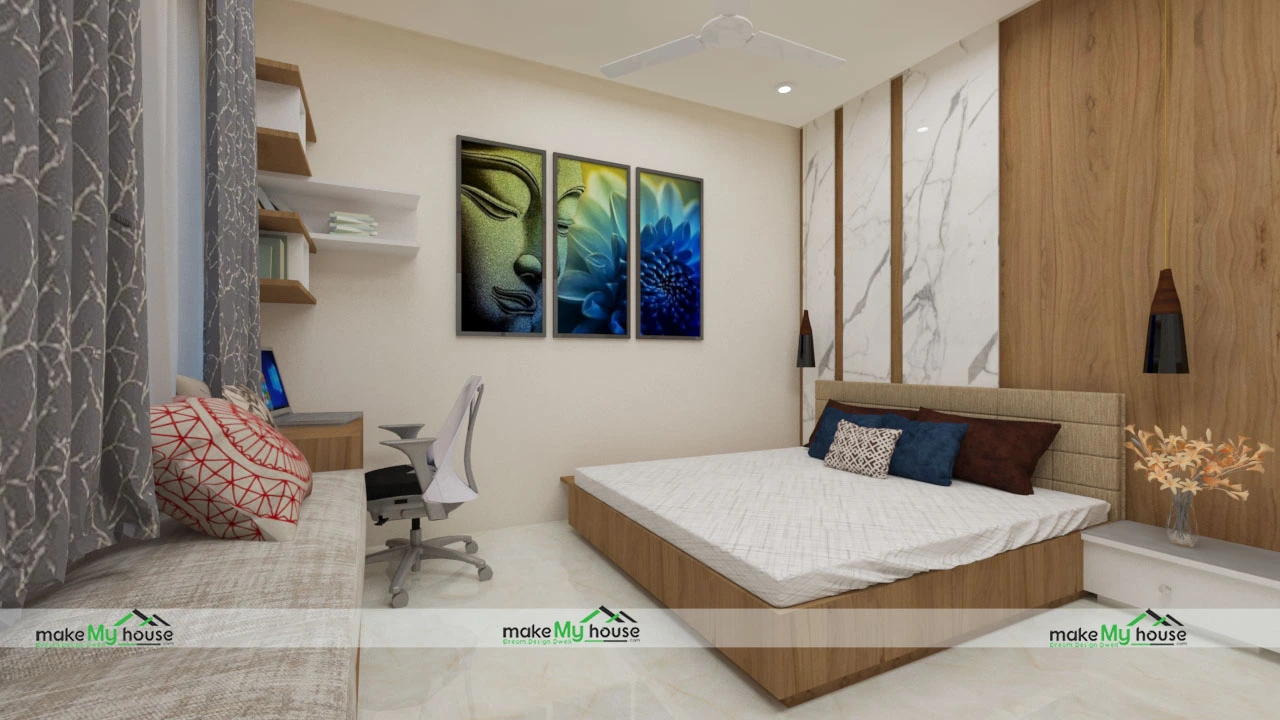
Design Considerations
Considerations for Furniture and Flooring:
When selecting furniture and flooring materials, consider the following:
a. Comfortable seating: Choose chairs and sofas with firm support and higher seat heights to aid elders in sitting down and standing up comfortably.
b. Non-slip flooring: Opt for flooring materials that provide a non-slip surface, such as low-pile carpeting, textured tiles, or vinyl with a slip-resistant coating.
c. Area rugs: If using area rugs, ensure they have non-slip backing or secure them to the floor to prevent tripping hazards.
Technology Integration:
Incorporate technology solutions that can enhance the safety and convenience of elders:
a. Personal emergency response systems: Install personal emergency response systems that enable elders to call for help in case of emergencies.
b. Smart home automation: Integrate intelligent home devices, such as voice-activated assistants or automated lighting, to make daily tasks easier for elders.
c. Medical monitoring devices: Consider incorporating medical monitoring devices that can track vital signs or medication schedules to promote health and well-being.
Nature-Inspired Décor:
Bring the calming and rejuvenating influence of nature into the elderly-friendly house design. Add potted plants or a vase of fresh flowers to create a connection with the outdoors. Nature-inspired artwork or prints can also contribute to a tranquil and inviting atmosphere.
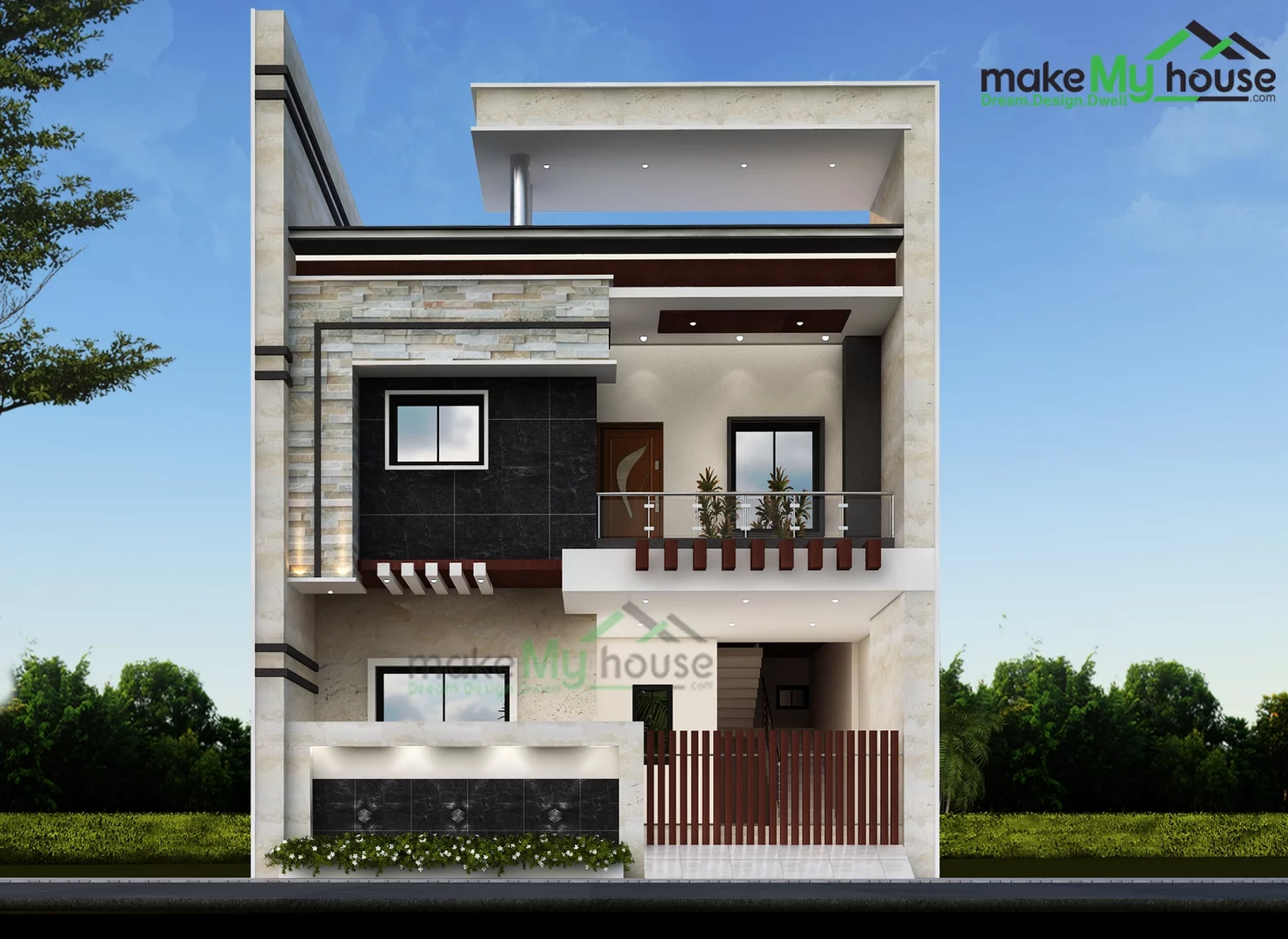
Designing a house with elders in mind requires a thoughtful and inclusive approach. By considering aspects such as accessibility, safety, lighting, storage, furniture, and technology integration, we can create an age-friendly home that promotes independence, comfort, and high quality of life. Let us prioritize the needs of our elders and design spaces that support their well-being, ensuring that they feel cherished, empowered, and happy within their home environment.
Frequently Asked Questions About Elderly Friendly House Designs
Q: What is an elderly-friendly house design?
An elderly-friendly house design refers to a home that incorporates features and elements that cater to the specific needs of older individuals. It focuses on creating a safe, accessible, and comfortable living environment that promotes independence, mobility, and overall well-being.
Q: What are some key considerations when building an elderly-friendly house?
Key considerations include single-level living or incorporating accessibility features for multiple levels, accessible entrances, well-designed bathrooms with features like walk-in showers and grab bars, ample lighting, thoughtful storage solutions, furniture and flooring that promote safety and ease of use, and integrating technology for convenience and safety.
Q: How can I make my house more accessible for elderly family members?
To make your house more accessible, consider incorporating features such as ramps or no-step entrances, wider doorways, and hallways, grab bars in bathrooms, non-slip flooring, adjustable or higher seat heights for furniture, lever-handled faucets, and improved lighting throughout the house.
Q: Should I consider incorporating technology in an elderly-friendly house design?
Yes, integrating technology can enhance the convenience and safety of an elderly-friendly house. This may include personal emergency response systems, smart home automation for controlling lighting and temperature, medical monitoring devices, and communication tools such as video calling or voice-activated assistants.
Q: How can I ensure an elderly-friendly house design remains flexible for future needs?
Designing with flexibility in mind is important. Consider incorporating features that can easily be modified or adapted as needs change, such as adjustable height countertops, modular furniture arrangements, and ensuring doorways and hallways are wide enough to accommodate mobility aids.

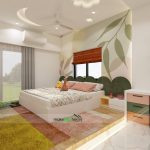
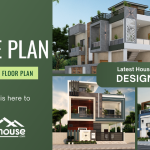
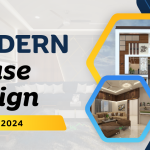


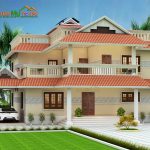
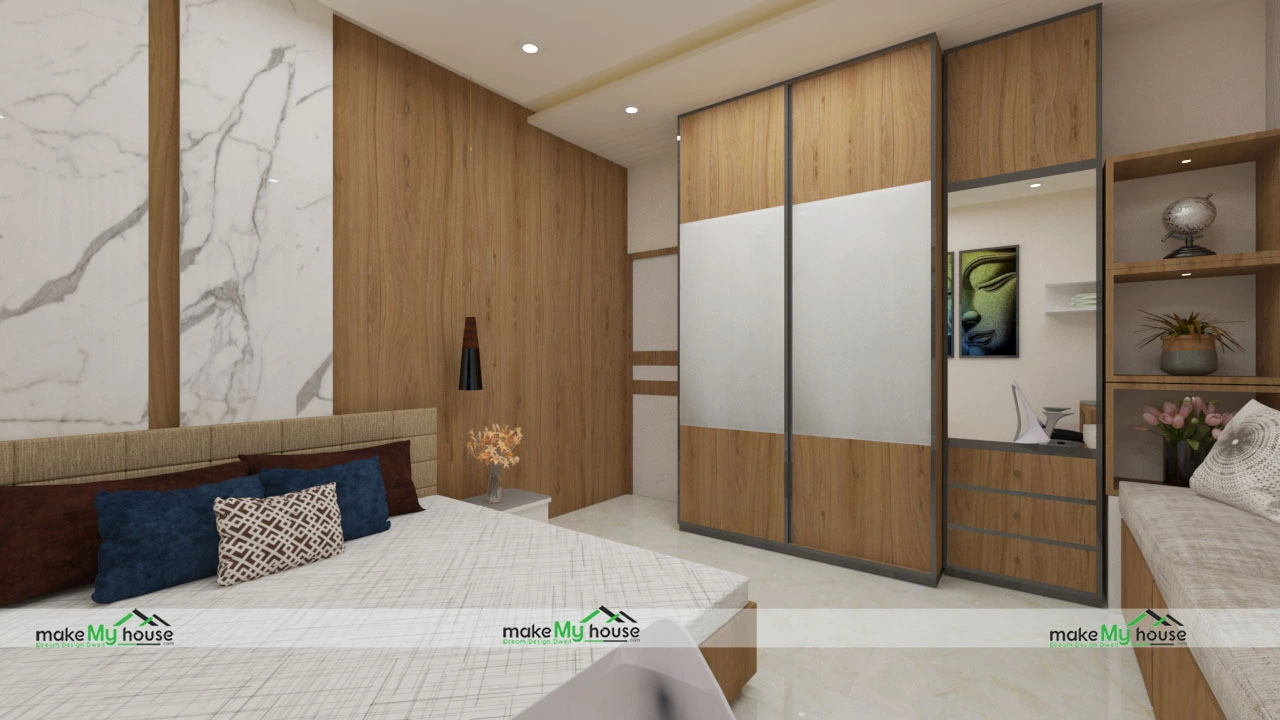
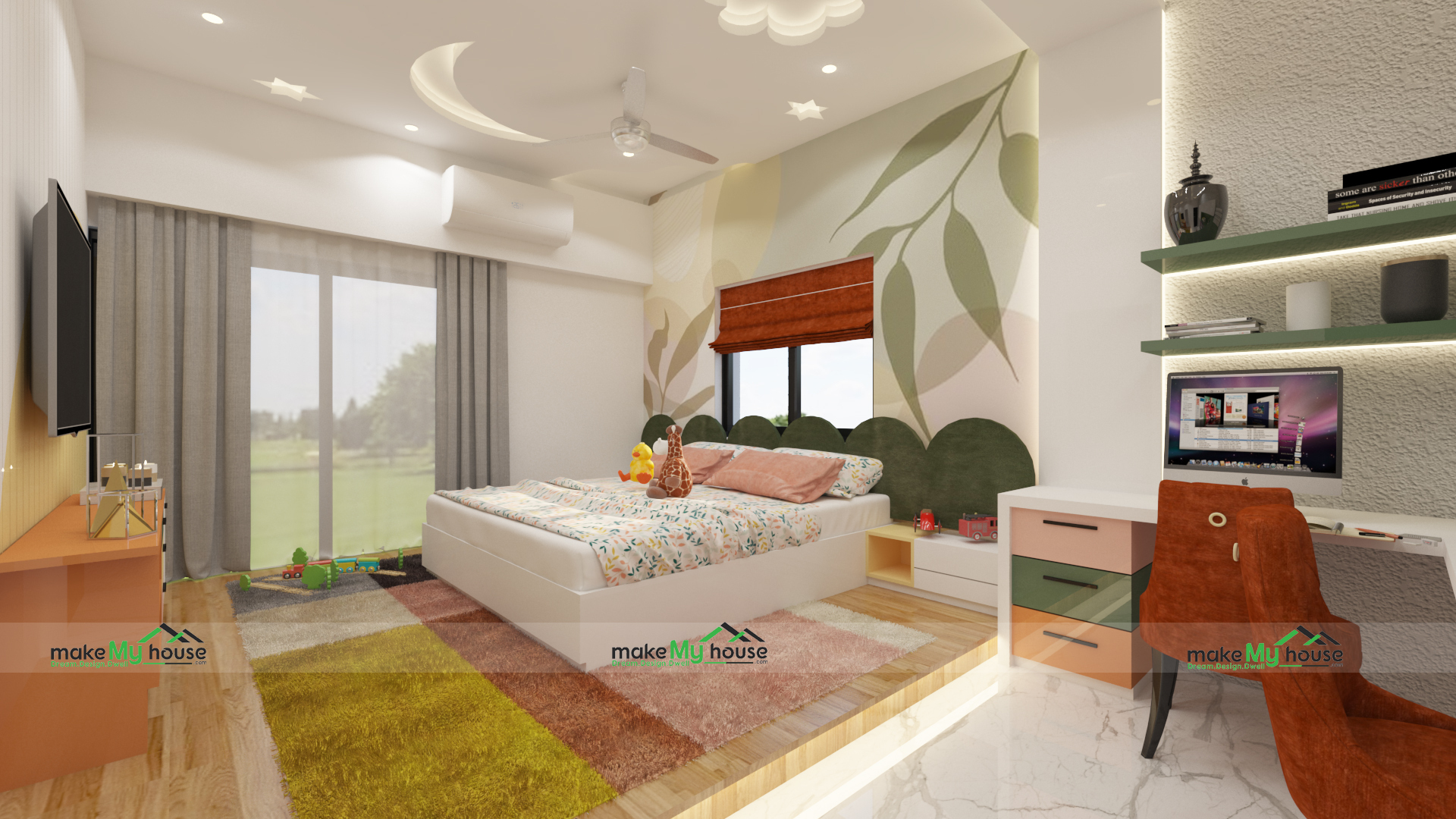
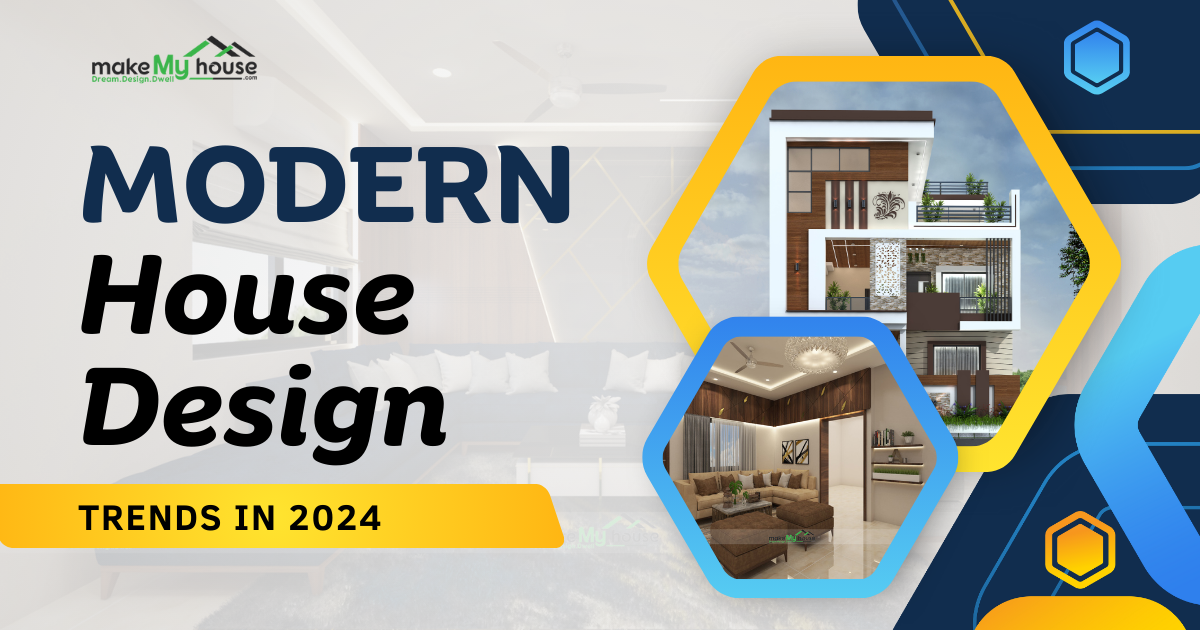
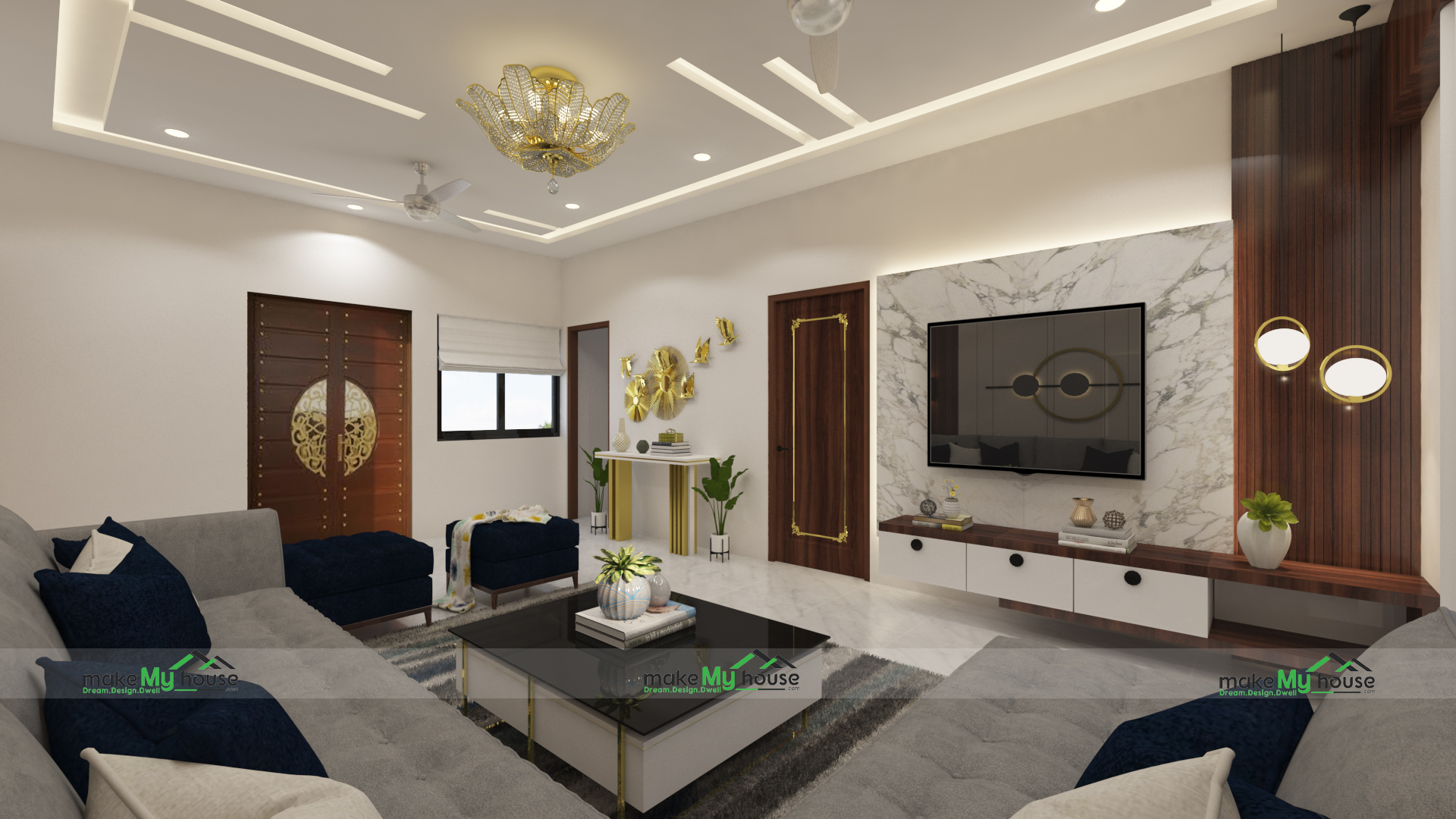
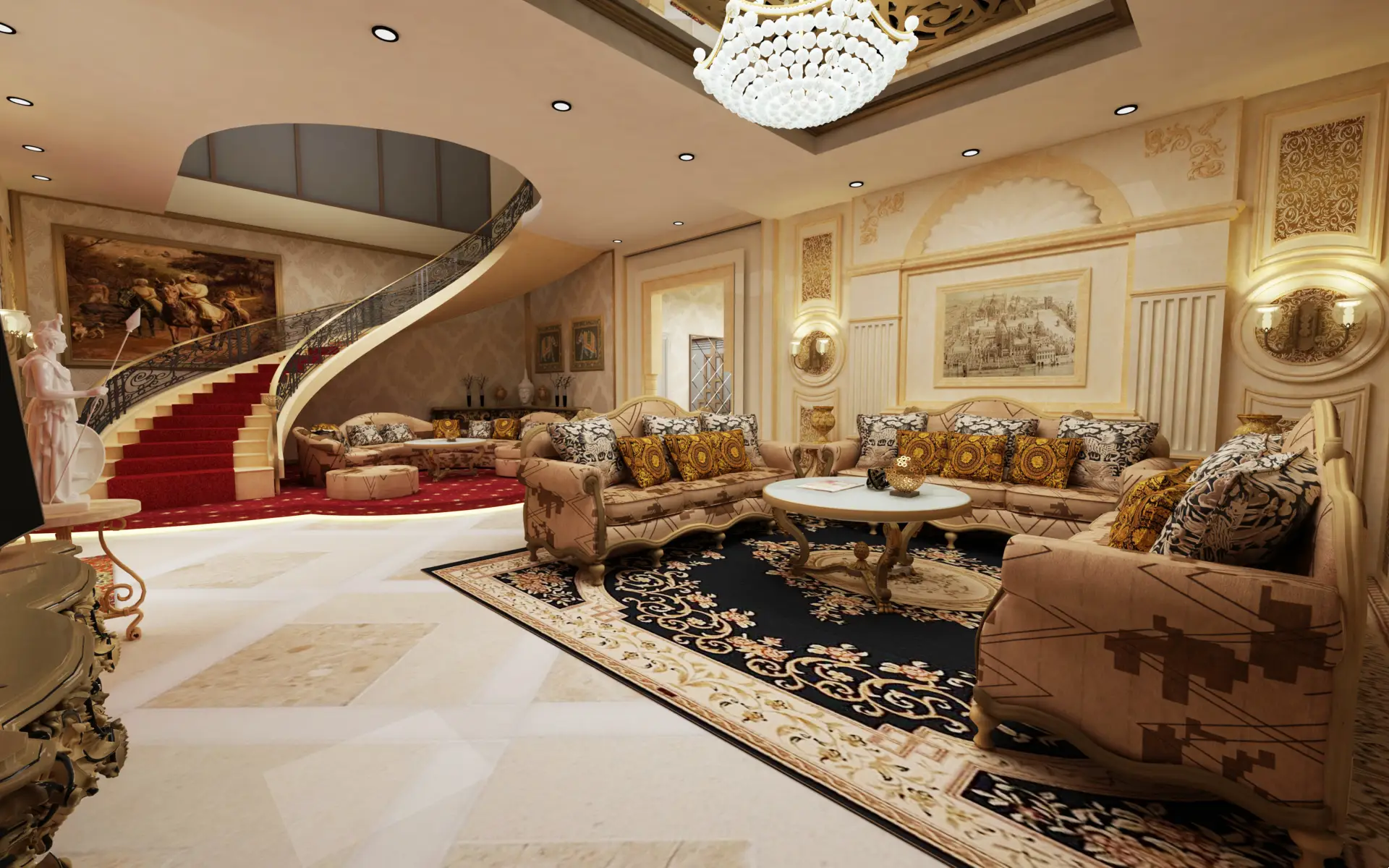
One thought on “An Ideal Home for Our Dear Elders”